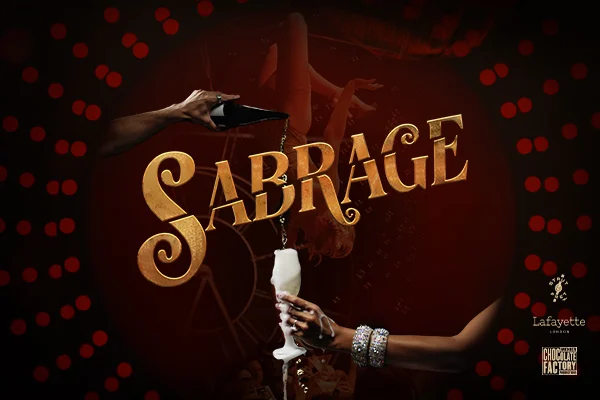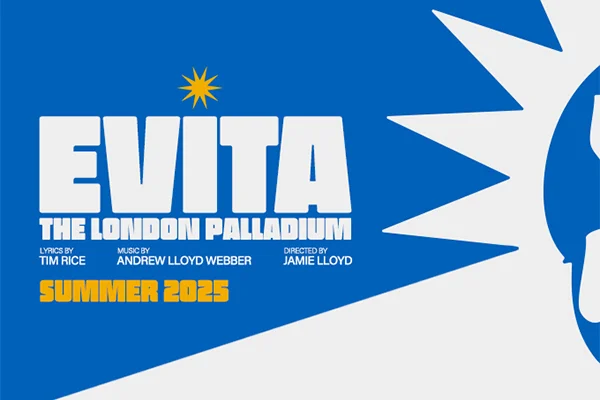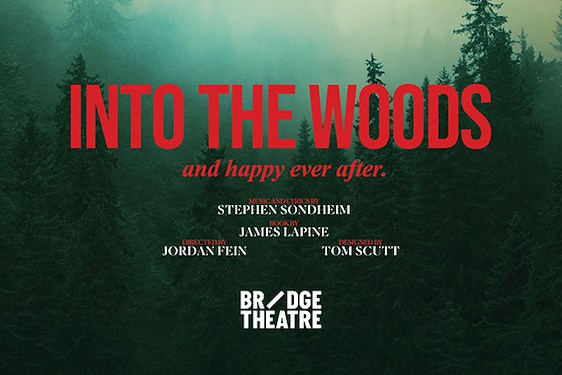Uninitiated to the world of sweaty, foot-stamping organised dance most of us would rather watch Scottish Highland music than participate in it. Yet much of it begs participation. With lively, accelerating runs and little, waltzy triplets Gaelic music asks to be danced to. But, of course, not all of us know how.
Lauriston Hall’s caller, Ken Gourlay, whose job it is to instruct the crowd before and during each dance, faces a clear dilemma in managing the mixed-ability Fringe-going audience. He has to be clear for newcomers without sacrificing the whirling atmosphere expected by old hands. People’s enjoyment of their evenings vacillates enormously depending on how solidified their expectations are. To account for these discrepancies, Broadway Baby sent ceilidh novice Aliya and award-nominated calling tutor Tom to Lauriston Hall’s ceilidh so they could compare notes and dosey doe the reviewing responsibilities.
Tom:
Given the wealth of creativity and innovation in other genres at the Fringe, I should have been a little disappointed with this ceilidh. The accordionist didn’t define his phrases clearly making our musical cues as dancers unnecessarily difficult to follow. His only support was a drumkit and bodhran, the second feeling a little redundant next to the first. A proper rhythm section is crucial for most good dance bands, especially at ten quid a ticket.
It’s also fashionable for callers to write or adapt dances to fit their style and persona. But Gourlay’s are all text-book, as if to give newcomers and tourists the quintessential Scottish ceilidh. Yet he lacks the clarity and precision needed to help inexperienced dancers, over-relying on the more experienced attendees to instruct newbies. This creates a nice atmosphere of camaraderie, certainly, but it’s difficult to know whether this is by accident or design.
For all this, the ceilidh actually delivered surprisingly well on its promise of a fun evening of dancing. Its fast but accessible sets were planned well enough to help the crowd embrace a bit of energetic confusion, getting some things wrong but having a great time willowing their way through the night.
Aliya:
It was evident, even to a first-time Ceilidh-goer that the band left something to be desired. The evening’s bagpipe interlude was frankly terrible and it was often difficult to discern whether the music was in two or three time making collisions and mishaps all too frequent.
In order to deliver a truly Scottish experience to a wide-eyed tourist it would have been helpful if there had been a bigger bar and more exciting lighting. Lauriston Hall demands kosher behaviour; the bourgeois surroundings blandly forbid the immersive ceilidh spirit a beginner looks for.
Nevertheless, like Tom, I enjoyed myself. If the magic of a ceilidh lies in its reliance on the participants, this ceilidh was given every support it could want. People of all shapes, sizes and nationalities were throwing themselves into the steps sweating into their kilts and tottering away on inappropriately high-heeled shoes. It is regrettable that the incongruity of the surroundings prevented the evening from embracing its modern face – the ceilidh felt more like the cold preservation of a great, dying tradition than an active member of a very real revival.




















